The Himba people are the most photographed tribe in Namibia, with the women in the spotlight.
You might be wondering why these people are the most photographed? Well, the answer lies in how the Himba women dress and decorate themselves. In the mornings for two hours every woman rubs a mixture of red okra powder and animal fat all over her body. This dyes the skin a beautiful rusty color. Women put the same mixture onto the braids of their hair and add little puffy hair extensions on the end. This forms thick dread lock looking things that add even more to the women’s beauty.
The second part of the equation is how the women dress. They choose to only wear a small skirt made out of goat skin which sometimes has little wire extensions with small bells on the ends. They also wear necklaces. On the bottom of their legs they wear big 10 centimeter long bracelets made out of wire and metal beads. If on the front there is only one wooden piece it means that the woman has one child, if there is two wooden pieces it means that she has two or more children. The women also have elaborate headdresses made out of goat skin too.
The children are also photographed, mostly because they are so cute. The girls have two braids extending in front of their face and the boys have only one. This helps a lot if you have to tell them apart because the children all look like boys. The baby girls have a little belt with two rectangular pieces of leather around their waist. These “garments” are decorated with intricate and complex bead designs.
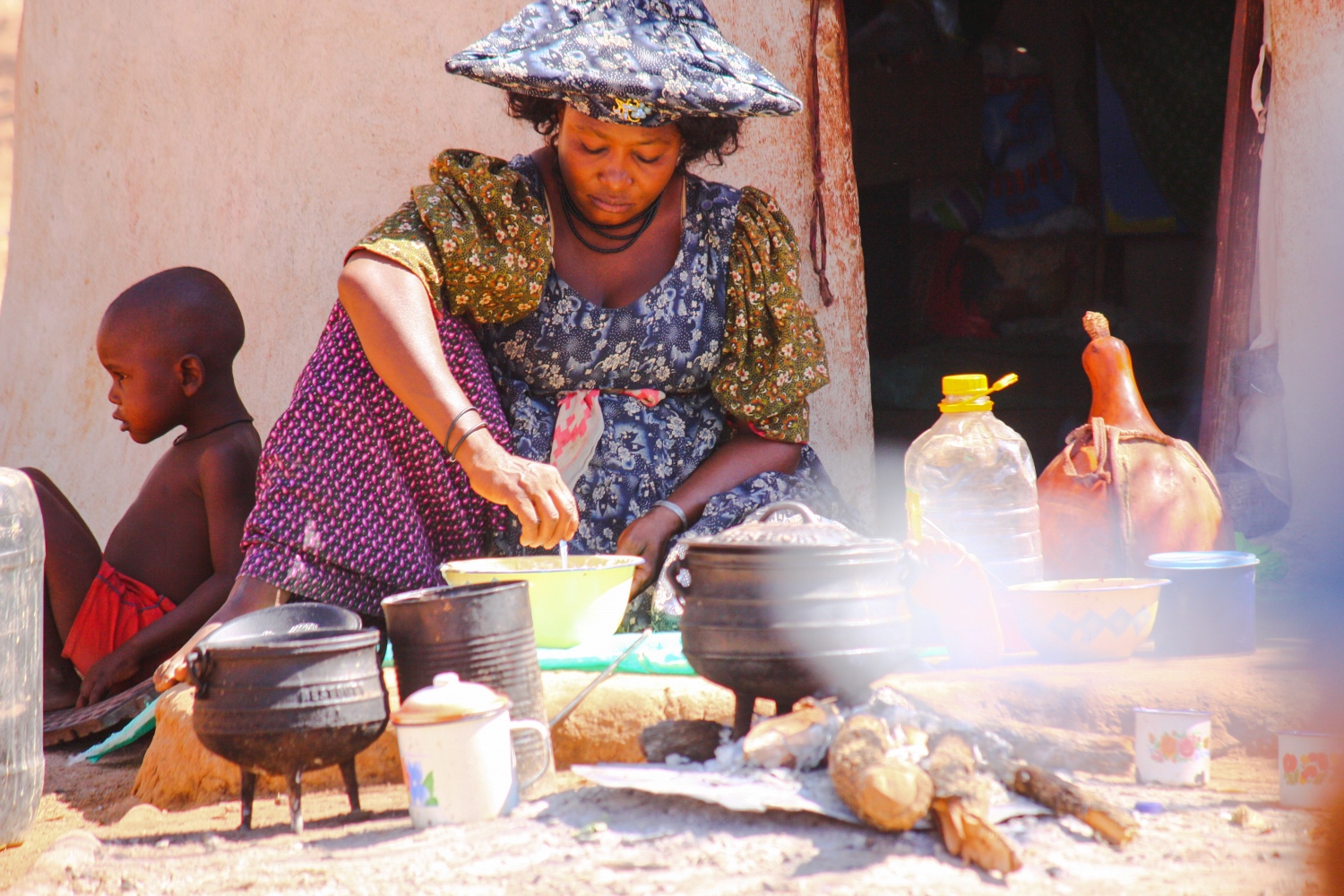
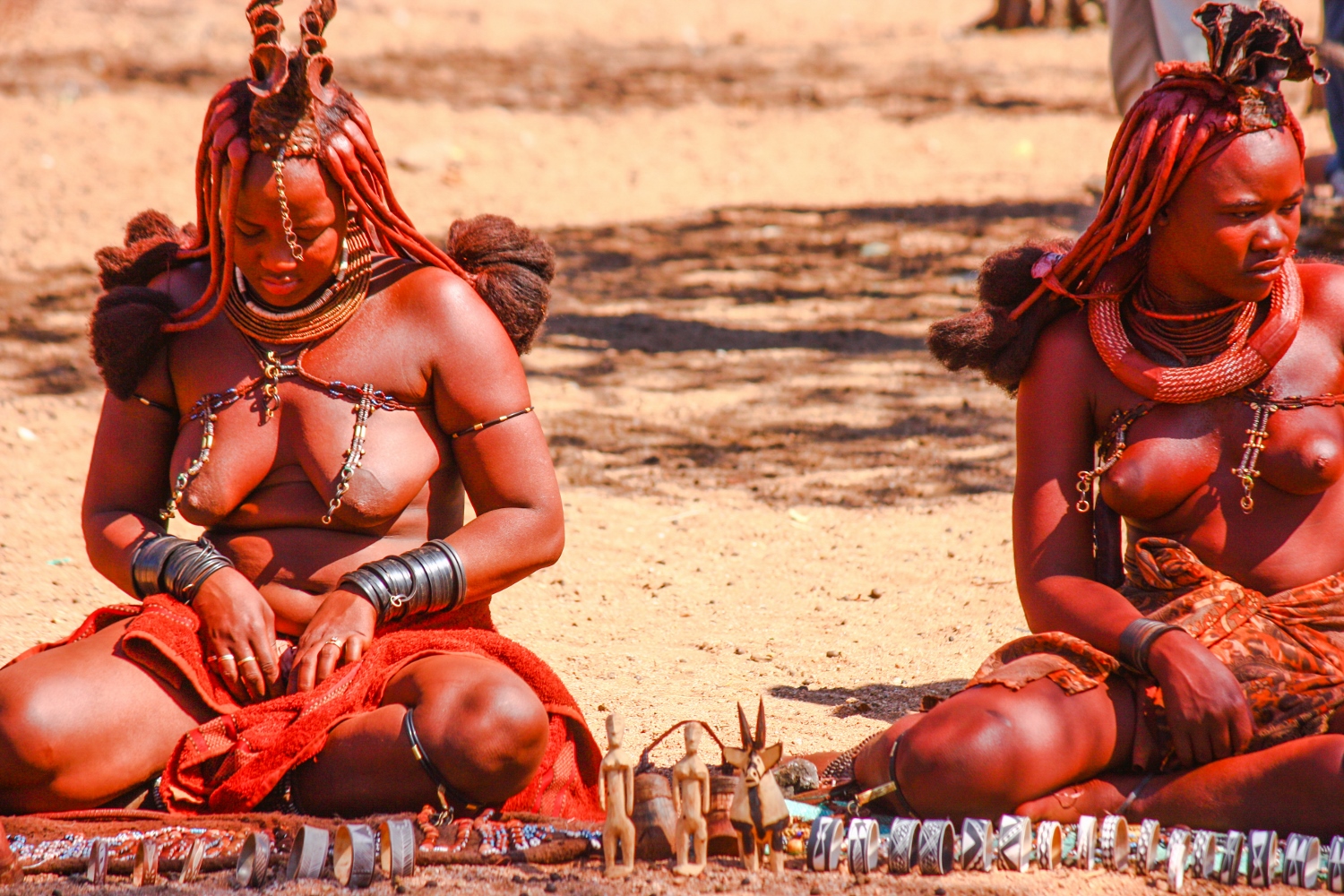
The Himbas are a subgroup of the larger Herero tribe that came to Namibia around the 16th century.They moved all the way to the center of the country with the Hereros. There a small group of Himbas stole some cattle from the Hereros and made a break for it, heading Northwest in search of good land for herding. What they found though was not exactly what they wanted… it was an extremely harsh environment, actually one of the harshest in the world. But they stayed and survived.
Their villages are shaped in a circle with a circular pen in the center for their cattle and next to that pen is another one for the baby goats and cows. All of the village huts form the larger circle around the pens and the chiefs hut is in front of the entry to the bigger pen. The chief has several wives and polygamy is still in practice.
The huts are made out of straw (for the roof), mud or cow dung (for the walls and floor), and straight wooden poles (for support). The men make the circular walls and thatch the roof, but interestingly only the women are allowed put the mud or cow dung on the hut.
The Himba people greet each other with a thee step handshake.
Step 1: say Morro, while shaking hands
Step 2: say Perevee, while locking thumbs and hands
Step 3: say Nawa, while shaking hands again
Both people are supposed to say the words at the same time, while they are shaking hands. Morro means hello, Perevee means how are you and Nawa means good.
Meeting the Himba people and learning about them was amazing. We learned a lot about how they live, their traditions much much more!

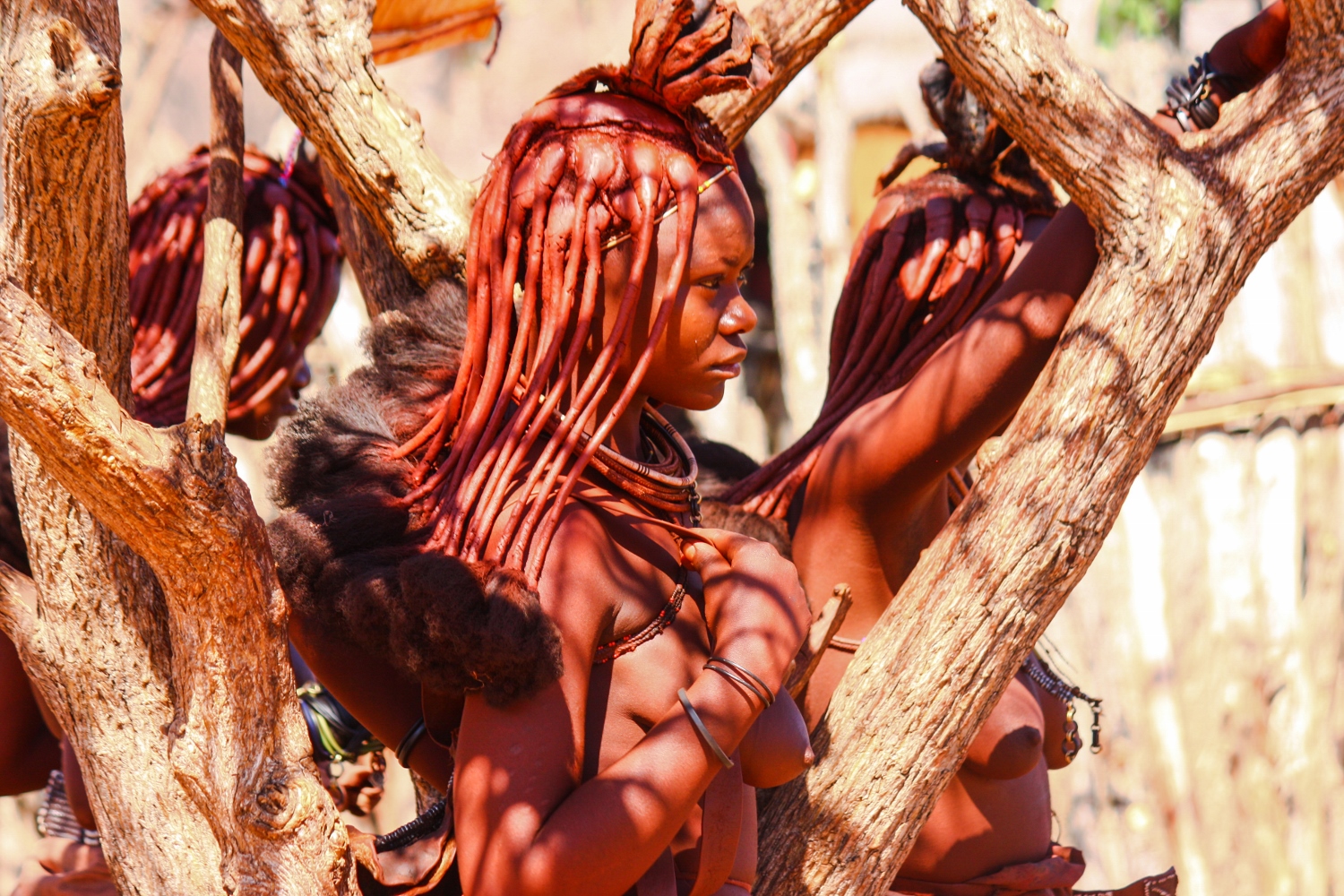
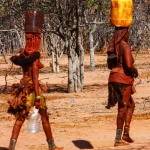
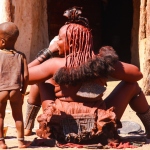
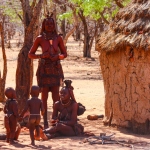
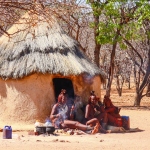
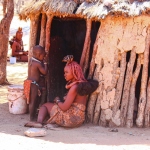
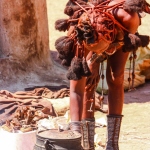
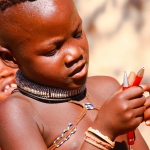
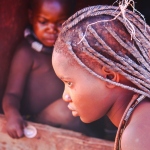
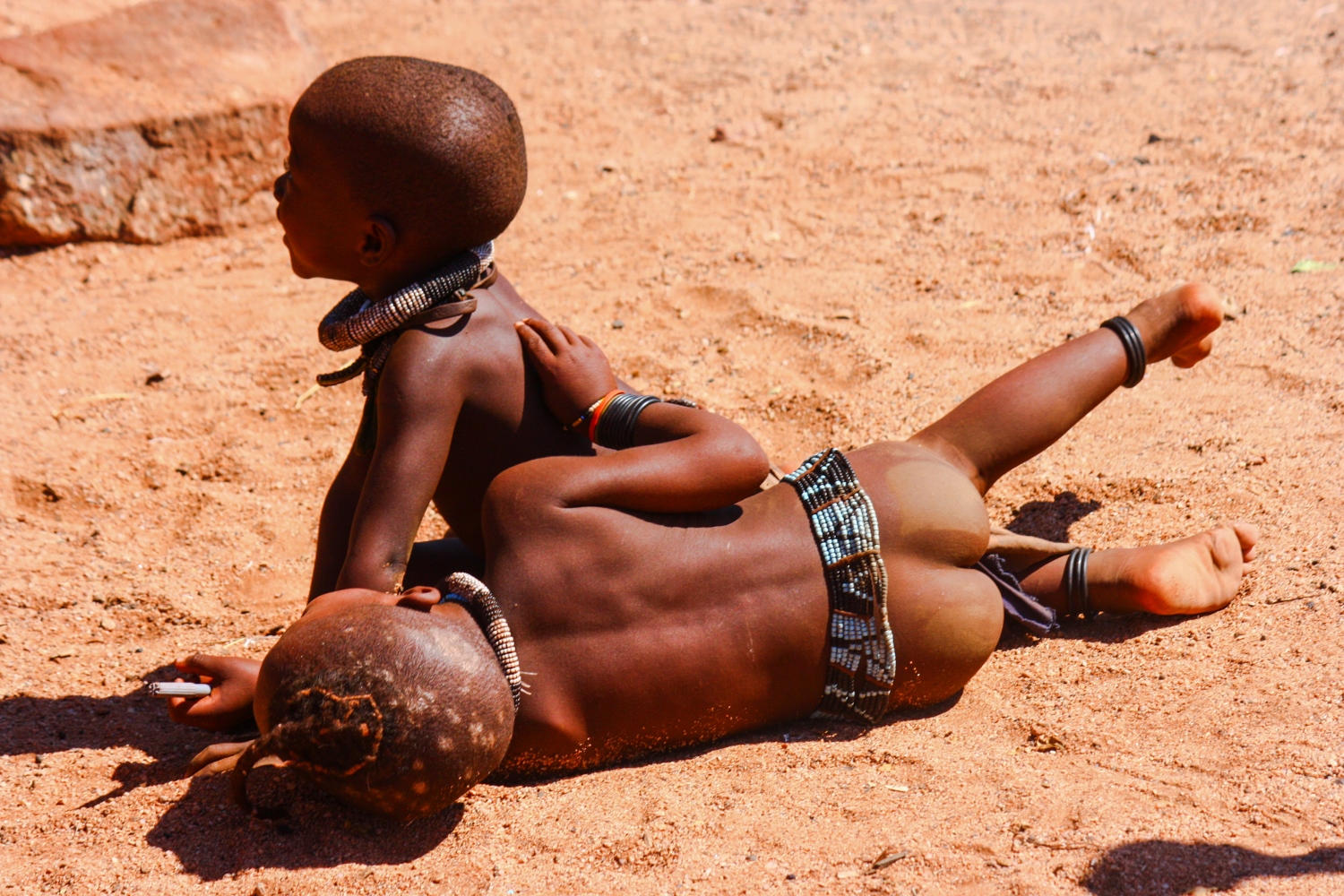
One thought on “Meeting the Himbas* B”
Comments are closed.